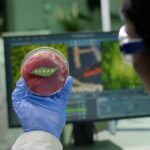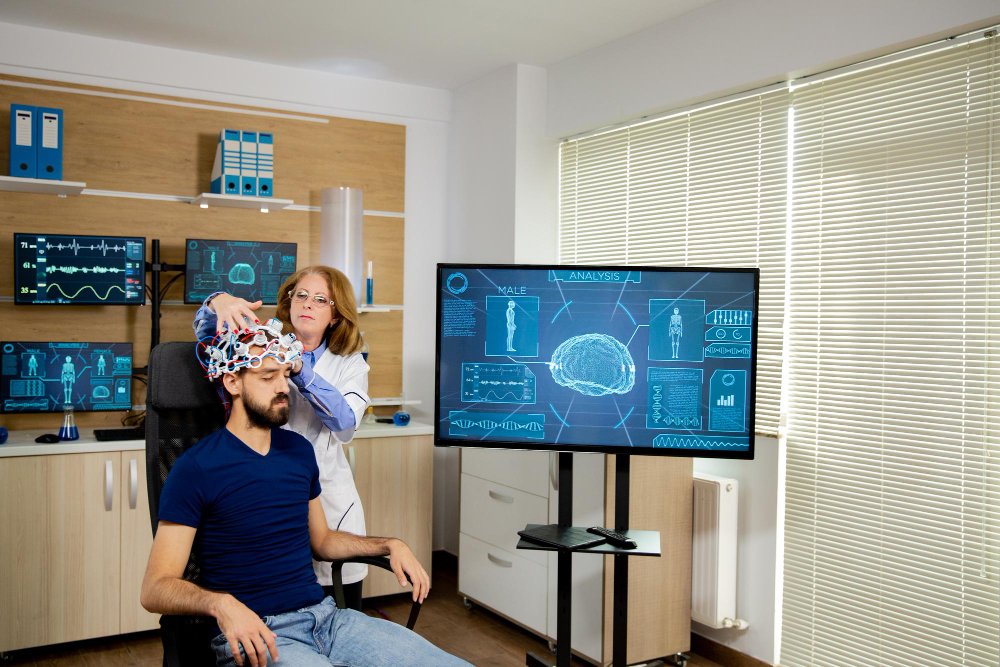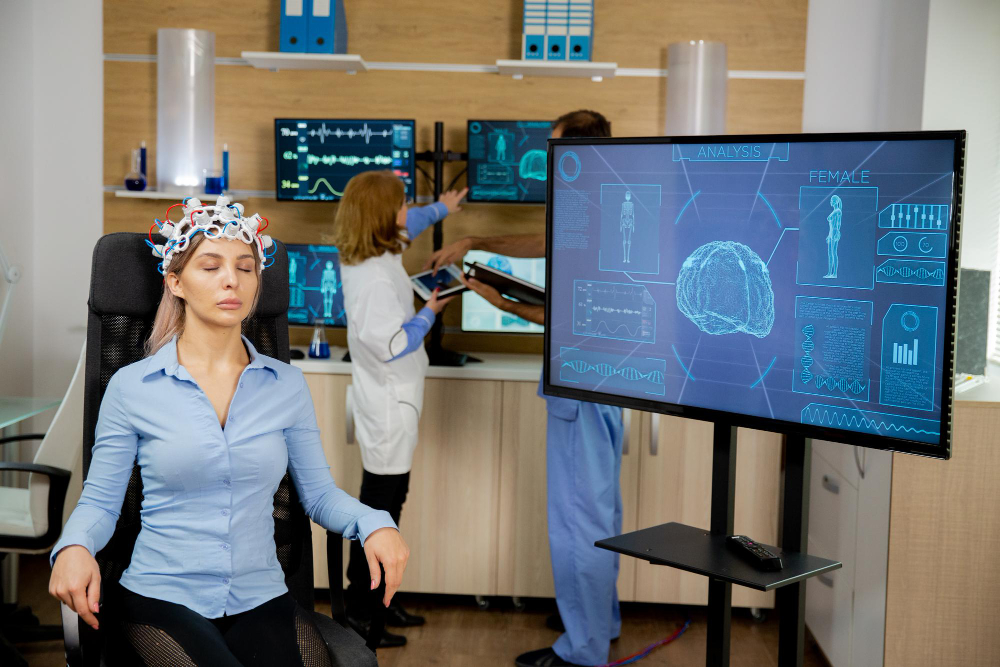DNA Editing and Ethics — How Far Should Scientists Go?
The discovery of DNA editing technologies like CRISPR-Cas9 has given humanity the power to rewrite the very code of life. Scientists can now correct genetic diseases, engineer crops for sustainability, and even modify embryos before birth. But as our abilities expand, so too do the moral questions surrounding them.
Should we cure genetic disorders at any cost? Should parents be allowed to design their children? And where do we draw the line between healing and enhancing human life?
This article dives deep into the science, promise, and ethical dilemmas of DNA editing — and asks the question that will define the future of biology: how far should scientists go?
What Is DNA Editing?
DNA editing (or gene editing) refers to the process of altering the genetic material within an organism to change how its cells function.
The most famous tool in modern biology is CRISPR-Cas9, a molecular system adapted from bacteria that acts like genetic scissors. It can cut, remove, or replace sections of DNA with extraordinary precision.
How CRISPR Works
- A guide RNA identifies a target DNA sequence.
- The Cas9 enzyme cuts the DNA at that location.
- The cell’s natural repair mechanisms insert, delete, or modify genes.
This revolutionary method has made gene editing faster, cheaper, and more accurate than ever before — opening doors to treat once-incurable diseases.
The Promise of DNA Editing
1. Curing Genetic Diseases
Scientists are using CRISPR to correct mutations responsible for conditions such as:
- Sickle cell anemia
- Cystic fibrosis
- Muscular dystrophy
- Beta-thalassemia
For millions suffering from inherited disorders, DNA editing could mean a complete cure, not just symptom management.
2. Fighting Cancer and Infectious Diseases
Gene editing enables immune cells to be “reprogrammed” to attack cancer or viruses. Clinical trials are already showing promising results in CAR-T cell therapy and HIV resistance.
3. Agricultural and Environmental Benefits
In plants and animals, CRISPR can create:
- Disease-resistant crops
- Livestock with higher yields
- Microbes that clean up pollution
The technology’s potential reaches beyond medicine — it could help solve global food and climate challenges.
The Ethical Dilemmas of DNA Editing
Despite its promise, DNA editing raises complex moral, social, and philosophical questions.
1. The Line Between Therapy and Enhancement
Editing genes to cure disease seems ethical. But what about enhancing intelligence, strength, or appearance?
Once the technology exists, the temptation to create “designer babies” could lead to genetic inequality — where the wealthy can afford superior genes while others cannot.
2. Germline Editing and Future Generations
When edits are made in somatic cells, they affect only one person. But germline editing — altering sperm, eggs, or embryos — passes changes to future generations.
This means mistakes could be irreversible, permanently altering the human gene pool.
3. Playing God
Some critics argue that editing DNA crosses a moral boundary by giving humans power over creation itself.
Supporters counter that using science to prevent suffering is a moral duty, not a violation of nature.
The question remains: Are we improving life — or redefining it?
4. The Risk of Unintended Consequences
Even precise tools like CRISPR can make off-target edits, accidentally damaging healthy genes.
Long-term side effects might not appear for generations, raising safety concerns that science can’t yet predict.
5. Ethical Inequality and Access
If advanced gene therapies remain expensive, only the privileged will benefit. This could widen existing health and social divides, creating a genetic class system between the “edited” and “non-edited.”
The Global Debate on Genetic Ethics
Countries around the world are struggling to regulate DNA editing responsibly.
1. Strict Regulations
- Europe and Canada prohibit germline editing for reproduction.
- China tightened oversight after the infamous CRISPR baby scandal of 2018, when scientist He Jiankui edited human embryos, sparking global outrage.
2. Controlled Research
The United States and Japan allow limited gene editing in embryos for research, but not for implantation.
3. Calls for a Global Moratorium
Leading organizations, including the World Health Organization (WHO) and the UNESCO Bioethics Committee, have urged a temporary global ban on germline editing until safety, ethics, and societal consensus can be achieved.
Case Study: The CRISPR Baby Controversy
In 2018, Chinese scientist He Jiankui shocked the world when he announced the birth of twin girls whose DNA had been edited to resist HIV.
While his intention — to protect against disease — seemed noble, his actions bypassed ethical and scientific oversight.
The global community condemned the experiment as premature, dangerous, and unethical. He was later sentenced to prison, but the event ignited a debate that still rages today: Should we edit human embryos at all?
Philosophical Questions in DNA Editing
1. What Does It Mean to Be Human?
If we can modify intelligence, emotions, or personality, are we changing human nature itself?
The possibility of “upgrading” humanity raises questions about identity, diversity, and individuality.
2. Consent and the Unborn
Future generations cannot consent to genetic modifications made today.
Editing embryos could affect not only individuals but the entire species — without their permission.
3. Perfection vs. Diversity
Every genetic trait, even those seen as flaws, contributes to the diversity and resilience of the human species.
Eliminating certain genes might also eliminate unexpected strengths, creativity, or adaptations.
Finding a Moral Compass for Genetic Progress
Balancing innovation with ethics requires a shared global framework that ensures safety, equality, and respect for human rights.
Principles for Responsible DNA Editing
- Therapeutic Priority: Focus on curing diseases, not enhancing traits.
- Transparency: All experiments must undergo public and scientific review.
- Equity: Ensure affordable access to prevent genetic privilege.
- Caution: Avoid germline editing until long-term safety is proven.
- Global Governance: Encourage collaboration among nations, scientists, and ethicists.
These principles can help humanity harness genetic power responsibly — using science to heal, not to divide.
The Future of DNA Editing
In the next decade, CRISPR and newer technologies like base editing and prime editing will make genetic modification even more accurate.
Scientists may soon be able to repair aging cells, reverse inherited diseases, or even extend human lifespan.
But technological ability must be matched by ethical wisdom.
As we stand at the frontier of genetic evolution, the question isn’t just what we can do — but what we should do.
Conclusion
DNA editing offers humanity the most powerful tool since the discovery of fire — the ability to reshape life itself.
Used wisely, it could end suffering, cure diseases, and ensure a healthier future for all.
Used recklessly, it could lead to ethical chaos, inequality, and irreversible harm to the human species.
The future of genetic science will depend not only on what scientists invent — but on the moral choices we make together.
Because in the quest to perfect life, we must never forget what makes it precious.











